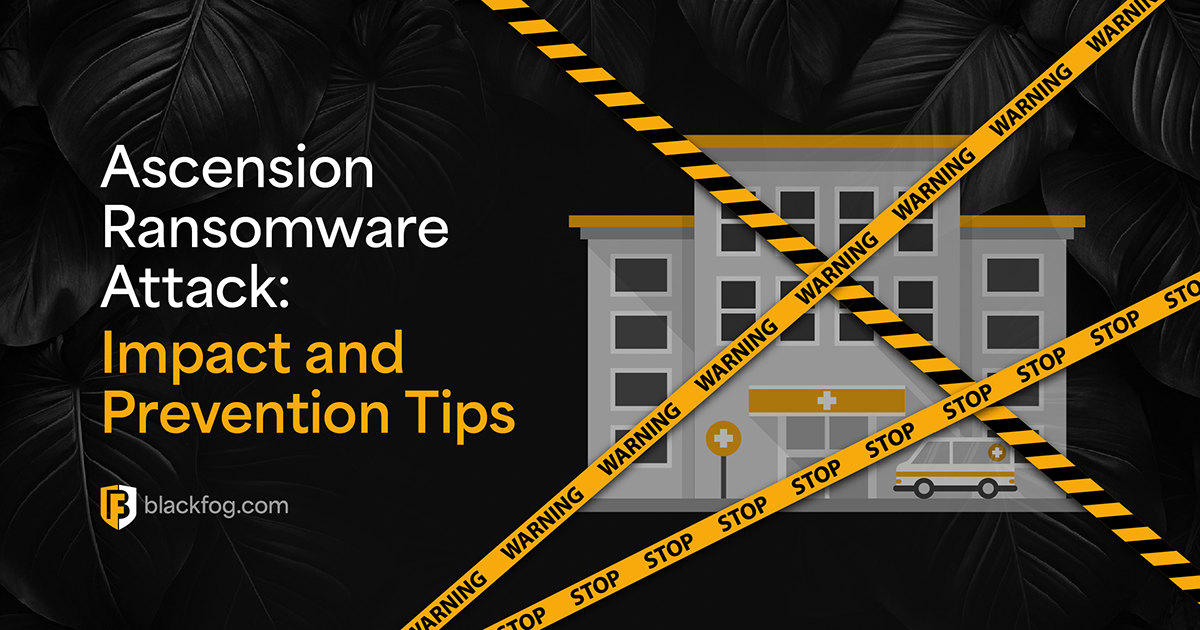
Explore the intricate web of Wizard Spider, a well-structured cybercrime syndicate notorious for its sophisticated malware attacks and ransomware extortions. Operating chiefly from Russia, with a strategic expansion into espionage software, this group exemplifies the threat landscape.
Origins
Wizard Spider is a notorious cybercrime group believed to be operating out of Russia, particularly around Saint Petersburg, with some members potentially based in Ukraine.
The group is notorious for its sophisticated cyberattacks, utilizing malware and ransomware to target and extort victims, and is part of a larger cyber-cartel known as the Ransom Cartel or Maze Cartel.
Toolsets

Some of the malware tools they are known to use include TrickBot, Ryuk, and Conti ransomware, among others. They are also known for their diverse arsenal of tools and techniques which include domain discovery, persistence, lateral movement, credential theft, and file modification.
The modus operandi of Wizard Spider often involves initiating attacks by sending large amounts of spam to trick victims into downloading malware.
They also utilize other malware tools and have a structure in place to identify valuable targets, attack them, and if successful, deploy ransomware to extort money. The group operates with a corporate-like model and has a structured year-long research and development cycle.
They are also known to have associations with other notorious cybercriminal groups like REvil and Qbot.
Espionage
One of the distinctive aspects about Wizard Spider is the development of espionage software named Sidoh, which is designed to gather information without holding it to ransom. This makes them unique as it’s a move towards espionage malware from a group that has been primarily known for ransomware attacks.
Additionally, Wizard Spider is unique in the global cybercrime scene as evidence suggests that they are the first cyber-gang in the world to have espionage malware.

Attacks
Several high-profile attacks have been linked to Wizard Spider, including the attack on the Health Service Executive in Ireland, which is considered the largest known attack against a health service computer system.
They have been a target of international law enforcement agencies including Europol, Interpol, FBI, and the NCA in the United Kingdom due to their criminal activities.
It’s believed that Russia tolerates, and possibly even assists, the activities of Wizard Spider, which does not target entities within Russia and has programmed its software to uninstall itself if it detects Russian language or IP addresses from the former Soviet Union to avoid local prosecution.
Their activities have drawn the attention of governments worldwide, with the US government offering a reward of up to $15 million for information on key figures within the group, particularly those involved in developing and deploying the Conti ransomware.

Organization and Reach
Wizard Spider has grown into a formidable, multimillion-dollar organization. A technical report revealed that the group now has assets worth hundreds of millions of dollars, accrued from their sophisticated malware operations. They have a complex network of subgroups and teams targeting specific types of software.
Wizard Spider operates in a full-service mode, managing all stages of a cyberattack, from initial intrusion to ransom collection. They are known to hire outside help for specific tasks, like cold-calling victims to pressure them into paying ransoms.
Their recent activities indicate a substantial evolution in their malware, even if their core exploits remain relatively unchanged. They continually modify the type and version of malware they distribute, hinting at a constant effort to stay ahead of cybersecurity measures and broaden their toolset.
Notably, between mid-April and mid-June of 2022, they conducted at least six campaigns systematically targeting Ukraine, showcasing their capability and willingness to escalate their cyber operations.
This group’s extensive reach isn’t confined to a specific region; they have a significant presence in almost every developed country and many emerging economies, controlling thousands of client devices worldwide through malware like SystemBC.
Prevention
BlackFog provides anti data exfiltration to organizations that understand the value of data and prevention-based security policies. Keeping unauthorized data from leaving your network reduces overall risk, optimizing cybersecurity compliance and audit outcomes across the board. Arrange a free ransomware assessment today to find out how we can assist you and your organization.
Related Posts
Ascension Ransomware Attack: Impact and Prevention Tips
Learn how the Ascension ransomware attack disrupted healthcare services, the financial consequences, and the cybersecurity lessons it taught. Also receive advice on protecting patient data and preventing similar attacks in the future.
Essential Data Loss Prevention Best Practices Every Firm Should Know
Following these seven data loss prevention best practices can help any firm reduce the risk of falling victim to threats like ransomware.
BlackFog Report Reveals Record Number of Ransomware Attacks from January to March
BlackFog reports a record-breaking surge in ransomware attacks Q1 2025, with 278 disclosed cases and a 113% rise in undisclosed incidents.
AI for Network Security and Monitoring: Enhancing Cyber Defense
What opportunities do AI ransomware protection tools offer to cybersecurity pros?
Ghost Ransomware: The New Cyber Menace Targeting 70+ Countries
Ghost ransomware is targeting 70+ countries. Learn how it works, who’s behind it, and how to stay protected in today’s cyber threat landscape.
Log4Shell – Understanding the Vulnerability and Mitigation Steps
Learn about Log4Shell, its impact on industries, and effective mitigation strategies. Discover how proactive defenses, like BlackFog's ADX technology, can protect your systems from ransomware and data exfiltration.






